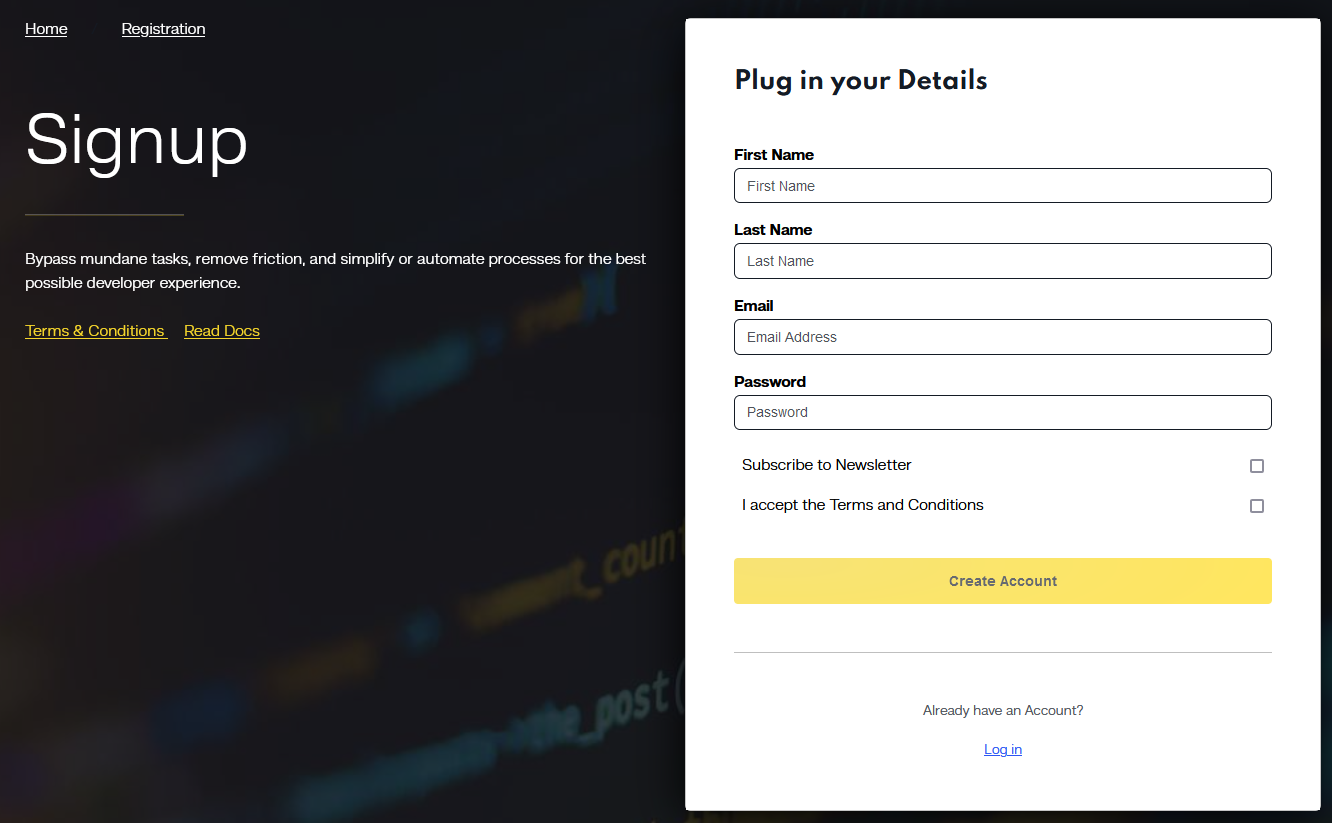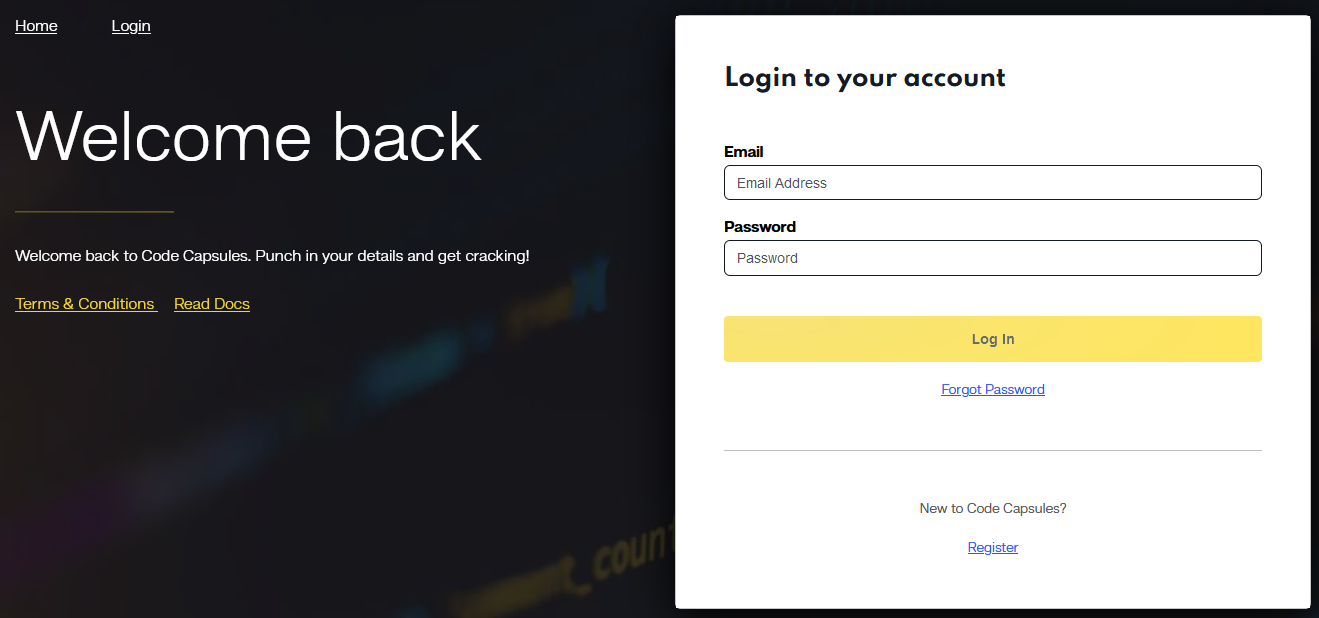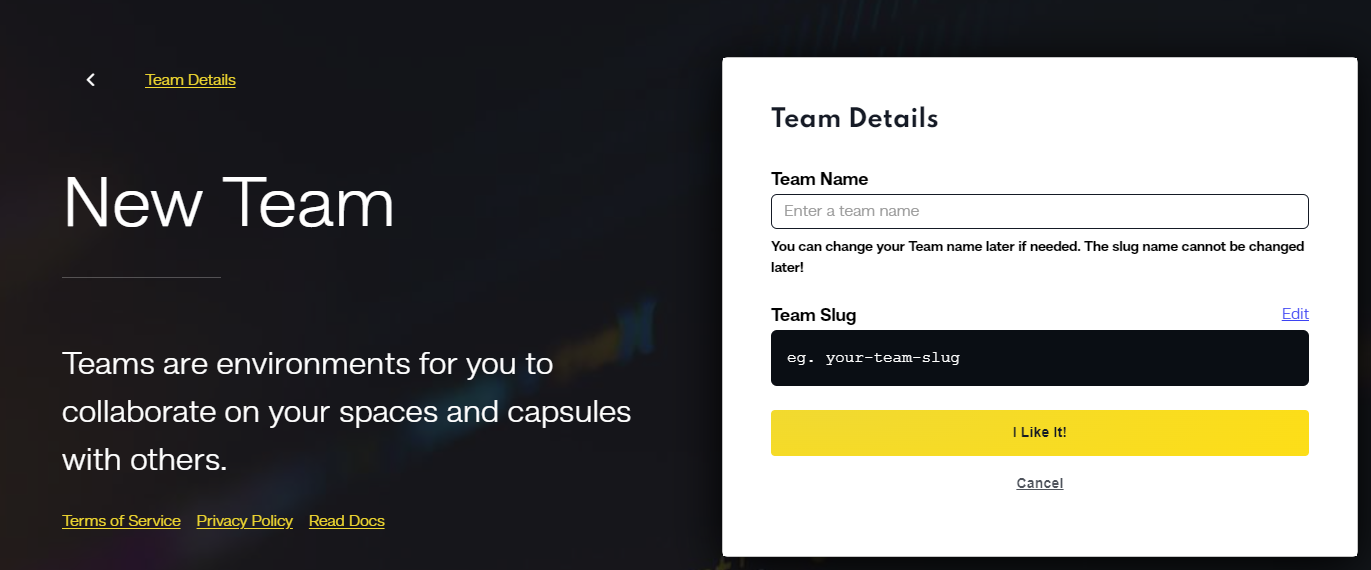If you’re building applications on the MEAN stack, you know the importance of performance. Today, we’ll deep-dive into one of the most critical optimization techniques: data caching. By the end, you’ll be equipped to build lightning-fast, scalable MEAN applications.
Introduction to Caching
Imagine having to run to the store every time you need a spoonful of sugar. It’d be incredibly inefficient, right? Caching is the digital equivalent of keeping that sugar jar filled in your kitchen. In computer science, a cache is a high-speed data storage layer that stores a subset of data so that future requests for that data are served up faster than is possible by accessing the data’s primary storage location. When you’re developing applications using the MEAN stack (MongoDB, Express.js, Angular, and Node.js), caching becomes vital to ensure that your application performs well and scales effortlessly.
Why Caching is Essential
The MEAN stack, while being extremely powerful and flexible, involves multiple layers where latency can be introduced. This latency accumulates and may result in a sub-optimal user experience. With caching, you can dramatically improve your application’s performance by storing parts of your data in a ‘quick to access’ manner. This is particularly useful in read-heavy workloads and real-time applications, where data retrieval time is of the essence. Caching can also reduce costs by minimizing database reads and writes, therefore lowering operational overheads.
Types of Caching
Let’s break down caching into three main categories specific to MEAN stack applications:
- Database caching (MongoDB)
- Server-side caching (Node.js/Express)
- Client-side caching (Angular)
Database Caching (MongoDB)
In MongoDB, you can make use of Time-to-Live (TTL) collections to set expiration times on your data. This is particularly useful for data that loses its relevance after a certain period. For example, session tokens or temporary files can be good candidates for this strategy.
// Creating a TTL index on the 'createdAt' field to expire documents after 3600 seconds (1 hour)
db.collection.createIndex( { "createdAt": 1 }, { expireAfterSeconds: 3600 } )
Server-Side Caching (Node.js/Express)
Node.js, coupled with Express, offers a plethora of options for caching. For HTTP level caching, you can set Cache-Control headers using middleware. For more advanced needs, you can integrate an in-memory database like Redis. It’s extremely fast and can store key-value pairs, hashes, lists, sets, and more.
// Express middleware to set Cache-Control headers for max-age
const cacheControl = require('express-cache-controller');
app.use(cacheControl({ maxAge: 300 }));
// Using Redis to cache data
const redis = require('redis');
const client = redis.createClient();
// Set key-value pair 'username' to 'john_doe' with an expiration time of 10 seconds
client.set("username", "john_doe", 'EX', 10);
Client-Side Caching (Angular)
Angular provides built-in features to cache HTTP requests. Caching on the client side can offload some work from the server, thereby improving overall efficiency.
// Angular HTTP caching
// By setting Cache-Control to 'no-cache', this request will not be cached
this.http.get(url, {headers: new HttpHeaders({'Cache-Control': 'no-cache'})});
Implementation Strategies
Now, let’s explore some strategies for effective caching in your MEAN application.
Cache Invalidation
One of the most challenging aspects of caching is knowing when to invalidate or refresh your cache. Various strategies like TTL, manual invalidation, and versioning can be employed to maintain the integrity of your cache.
Cache Configuration
Another vital aspect is to configure your cache settings wisely. Here you need to consider several factors like cache size, eviction policies, and the type of data to be cached.
// Setting cache max-age using environment variables // Allows for dynamic cache configuration process.env.CACHE_MAX_AGE = 300;
Common Pitfalls
While caching can bring about tremendous benefits, it’s not without its traps. One common mistake is to cache too aggressively, leading to stale or incorrect data being served. Another issue can be not setting an eviction policy, causing the cache to consume all available memory eventually. A balanced approach is critical for effective caching.
Implementing Data Caching in MEAN/MERN/MEVN with Code Capsules
Configuring Code Capsules Account for Caching in MEAN/MERN/MEVN
Start by setting up your Code Capsules account with an emphasis on data caching for MEAN, MERN, and MEVN stack applications. Ensure your profile is configured to align with the best practices in data caching for these technologies.

Optimizing MEAN/MERN/MEVN Projects for Caching in Code Capsules
Once your account is ready, utilize your Code Capsules dashboard to manage projects with a focus on data caching. This interface provides the necessary tools and features for effective caching strategies in MEAN, MERN, and MEVN stack projects.

Creating a Data Caching-Focused Team for MEAN/MERN/MEVN in Code Capsules
Assemble a team in Code Capsules that specializes in data caching for MEAN, MERN, and MEVN stacks. This is a vital step for developing and implementing efficient caching strategies in your projects.

Developing Caching-Optimized Spaces for MEAN/MERN/MEVN in Code Capsules
Create spaces in Code Capsules specifically optimized for data caching in MEAN, MERN, and MEVN projects. These spaces are tailored to support caching mechanisms, enhancing performance and scalability.

Launching Caching-Enabled Capsules for MEAN/MERN/MEVN
In your specialized space, initiate capsules that are configured for data caching in MEAN, MERN, and MEVN applications. These capsules provide an environment where caching strategies can be efficiently implemented and managed.

By incorporating these data caching-focused steps, you can effectively utilize Code Capsules to manage and enhance the performance of your MEAN, MERN, and MEVN stack applications through advanced caching strategies.
Conclusion
Caching is a robust technique for optimizing the performance and scalability of your MEAN stack applications. However, it requires a strategic approach and careful implementation. When done right, caching can lead to reduced load times, less strain on your databases, and a better user experience. So, consider the points we’ve discussed in this guide as you go about implementing caching in your MEAN application.
